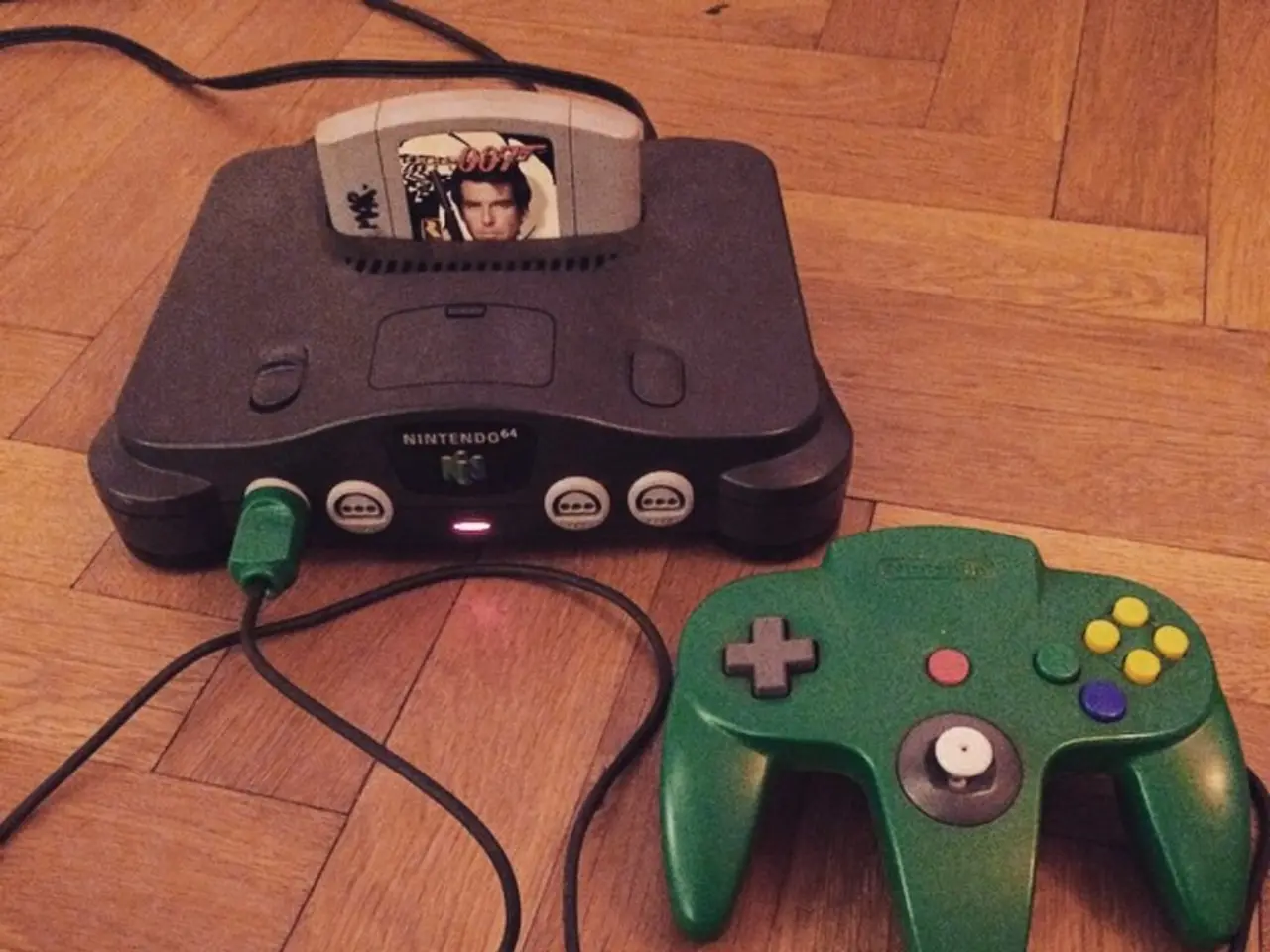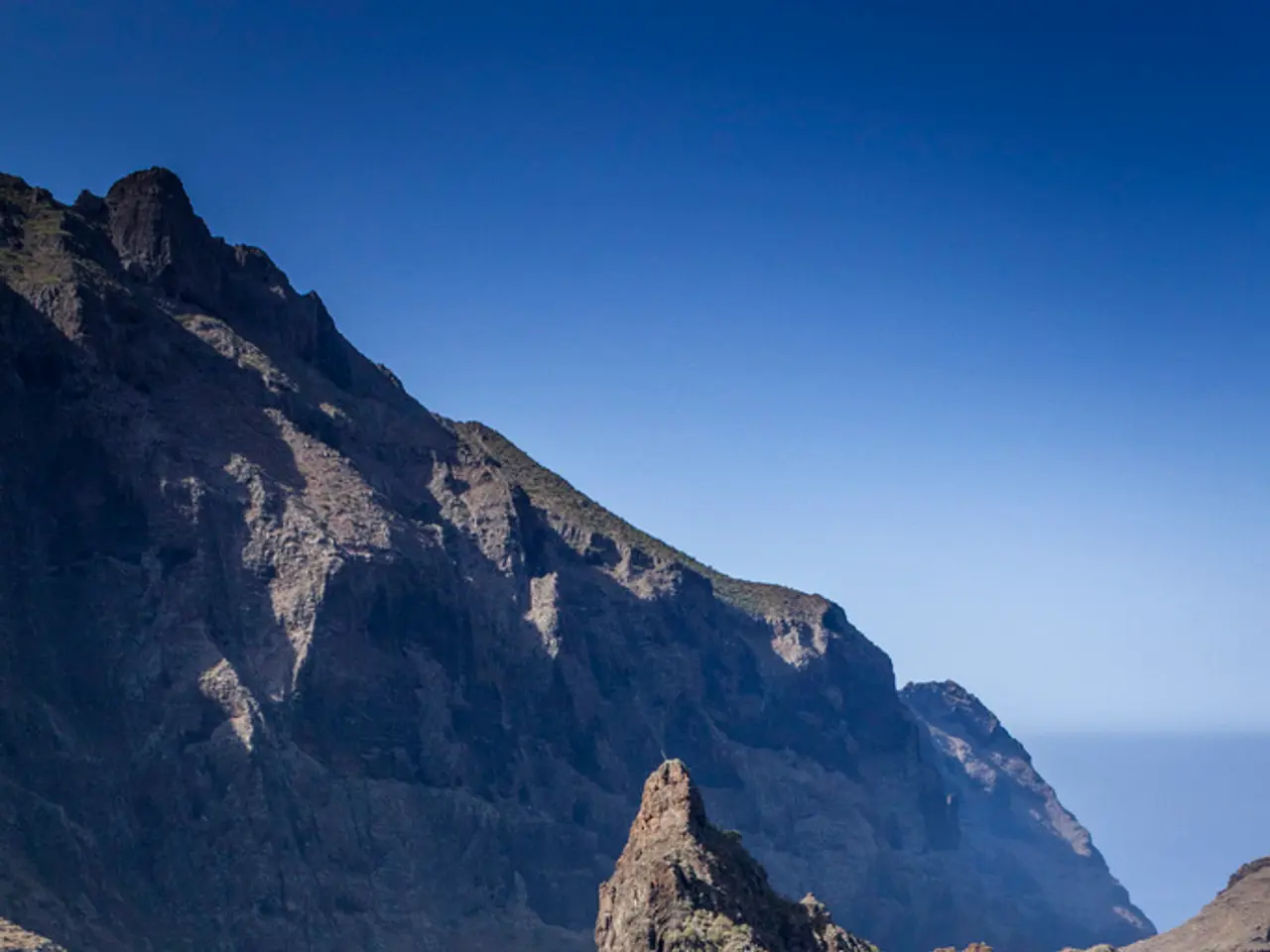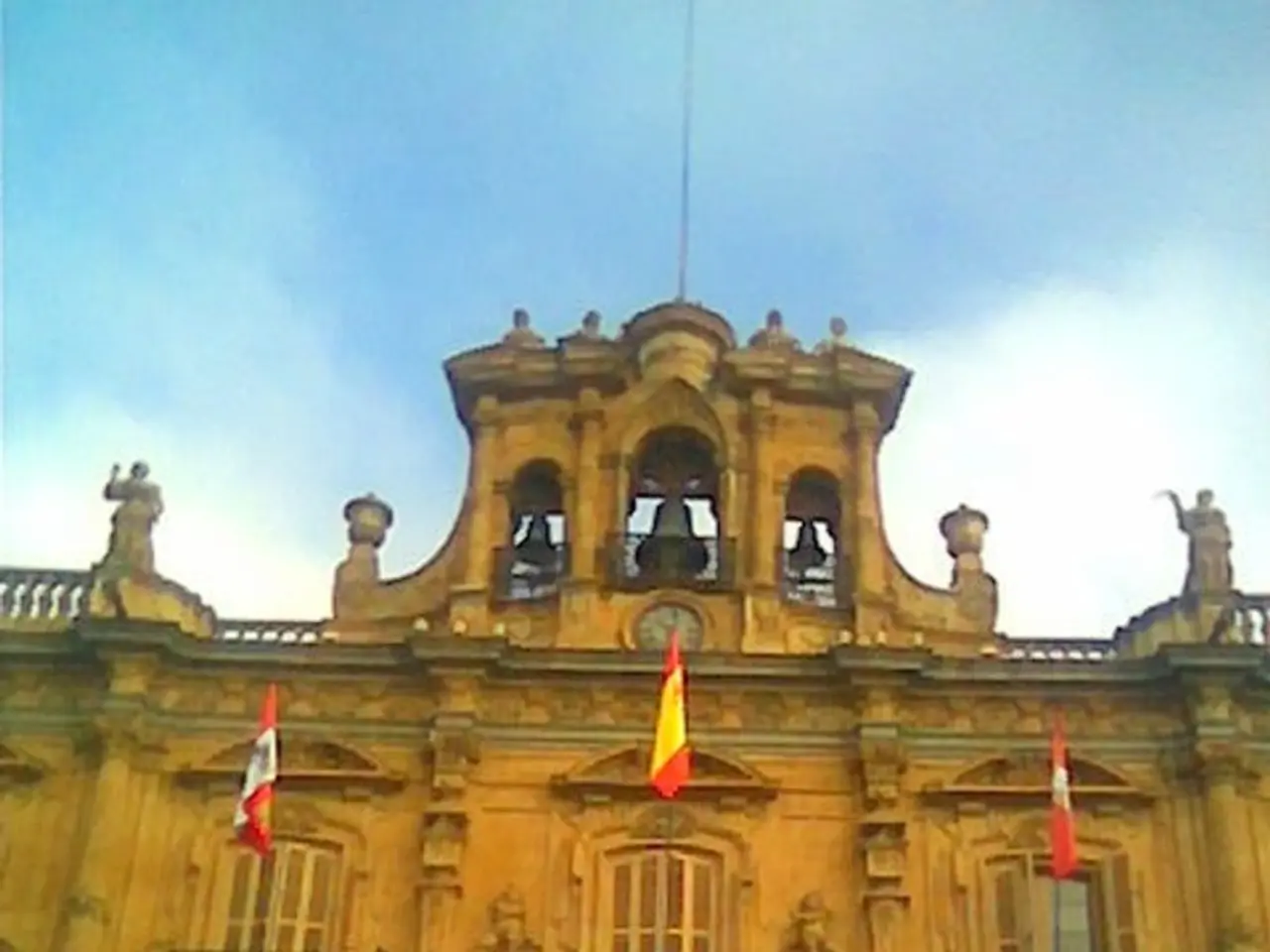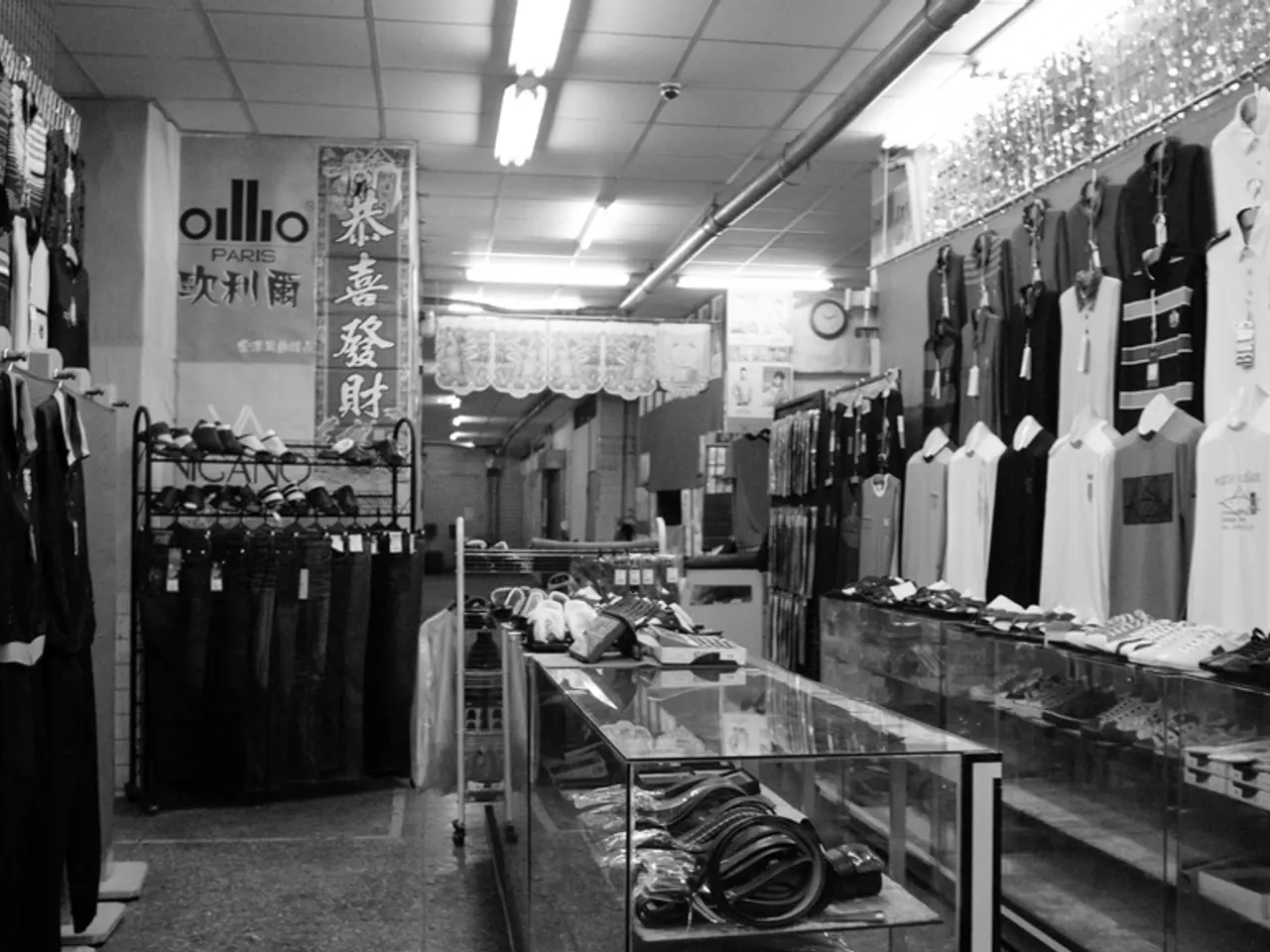Mastering Textured 3D Models in Game Art: Fundamental Concepts
In the realm of game development, 3D texturing plays a pivotal role in creating visually authentic and immersive game environments. By applying sophisticated techniques that mimic real-world surface details and lighting interactions, game artists can significantly enhance the player's experience.
One of the key techniques used in 3D texturing is **Normal Mapping**. This method allows artists to add fine surface details without increasing the polygon count of models. By baking the high-poly model’s surface normals into a texture and applying them to a simpler low-poly model, the surface appears highly detailed and realistic. This not only enhances the tactile feel of game assets and environments but also maintains performance.
**Specular Mapping** is another essential tool. It controls how shiny or reflective a surface appears by defining how it reflects light. Artists use this to simulate diverse material finishes, creating an environment that feels more natural and varied.
Physically-Based Rendering (PBR) is a fundamental technique that simulates the physical interaction of light with materials, ensuring surfaces react accurately to lighting conditions. By encoding properties such as albedo (base color), metallicity, and roughness, PBR creates materials that look convincing under different lighting and viewing angles.
Layering and Masking are also used extensively. Artists combine multiple texture layers and use masks to control how each layer appears on a surface. This approach enables complex, nuanced textures that add depth and richness, such as dirt accumulating in crevices or paint chipping on weathered walls.
**Detail Texturing** adds subtle surface complexity, like the grain in wood, cracks in stone, or fine rocks in terrain, which contribute to a tactile, realistic environment. These layers enrich the visual fidelity without overwhelming the base textures.
Beyond textures, artists create shaders that define how materials behave under different lighting scenarios, such as how light is absorbed or reflected. This is essential for simulating diverse materials like metal, water, or wood realistically. Combined with dynamic lighting (natural and artificial), these shaders contribute significantly to the scene’s realism and mood.
Environmental Effects and Post-Processing, such as fog, dust, bloom, and color grading, are layered atop textures and shaders to enhance atmosphere and immersion. These effects help to evoke emotions and make game worlds feel alive and dynamic.
Through these combined techniques, 3D texturing provides the visual complexity and realism needed to suspend players’ disbelief. Realistic textures interact authentically with light and environment, making surfaces appear tangible and fitting naturally into the world. This attention to detail helps players feel more connected to the surroundings, heightening immersion and engagement within the game narrative and gameplay.
In summary, game artists leverage 3D texturing by mastering advanced methods such as normal and specular mapping, physically-based rendering, and layering to create surfaces that look and behave like real-world materials, significantly enhancing the immersive experience in game environments. The choice of texture and material significantly influences a game’s visual storytelling and environmental texturing, shaping how players perceive and interact with the game world.
In the field of art and design, techniques like Normal Mapping and Specular Mapping are utilized not only in game development but also in fashion-and-beauty, as they add fine surface details and simulate different material finishes, making them essential for creating products that look and feel more natural.
Physically-Based Rendering (PBR) finds applications beyond game development in industries like food-and-drink, as it accurately simulates the physical interaction of light with materials, ensuring that surfaces appear convincing under different lighting and viewing angles, which is crucial for showcasing food items in an enticing manner.
Home-and-garden designers have embraced the layering and masking technique commonly used in 3D texturing, combining multiple texture layers and using masks to control how each layer appears on a surface. This creates complex, nuanced textures that add depth and richness, such as stains on furniture or weathered finishes on wooden floors.
Gadget enthusiasts value Detail Texturing for showcasing the subtle surface complexity and intricate details of their devices, such as the fine lines and patterns on smartphones or laptops, adding to their visual appeal and a tactile, realistic experience.
Artists working with data-and-cloud-computing and technology applications find Normal Mapping useful for visualizing complex datasets and large volumes of information, as it helps to map complex data onto simpler, easier-to-understand representations.
Lastly, in the realm of artificial-intelligence and entertainment, PBR techniques are being applied to create more realistic and nuanced visualizations and animations, contributing to the development of lifelike virtual assistants, characters, and environments. Books and sports broadcasters may also benefit from these techniques by presenting information in a more engaging and immersive manner, enhancing the overall reading or viewing experience.
Sports betting platforms could leverage these texturing techniques to create visually appealing and authentic simulations of real-world sports environments, helping to immerse players and make their experience more realistic and engaging.




